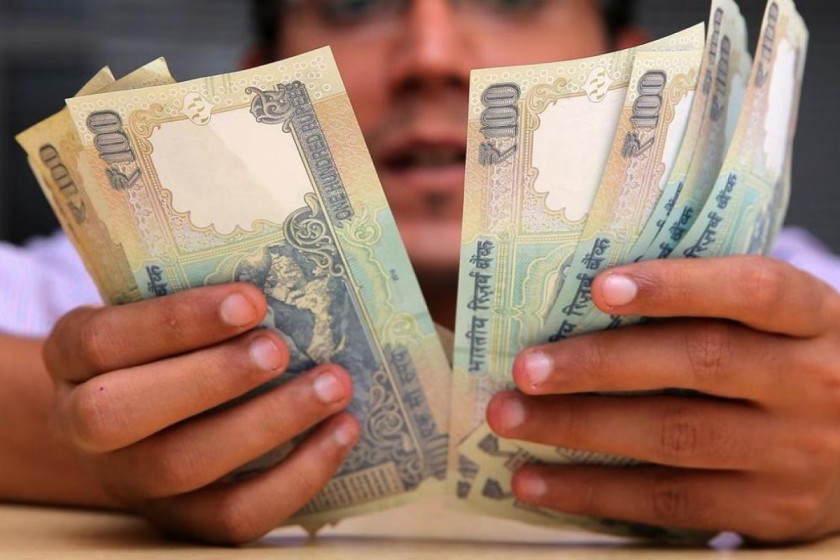- October 20, 2023
Israel-Gaza conflict puts the Indian Rupee’s resilience to the test

Over the past three months, the Indian rupee has shown resilience, influenced by geopolitical tensions and oil prices.
Over the past three months, the Indian rupee has been one of the better-performing currencies among peers. We have recently witnessed that the rupee has had a positive kneejerk reaction to the bond index inclusion announcement, but the impact was short lived, with actual flows quite distant and the Reserve Bank of India’s preference for dollar accumulation on any inflows. Going ahead, oil prices and broad dollar sentiment shall act as dominant forces for near term price action on the rupee, with strong resistance from the RBI to limit sharp rupee weakness. The prospect of improved portfolio flows from bond index flows next year, alongside a well-behaved current account, should keep the rupee’s low volatility regime intact.
Since the Middle East nations are large contributors to global oil supplies, any conflict in this region getting broad based with involvement of oil producing nations can lead to speculative price hikes due to potential supply disruptions. In the present situation, Saudi Arabia seems firm on keeping prices elevated with coordinated supply cuts while other oil rich nations don’t want to get embroiled in the ongoing Israel-Gaza war and have preferred diplomacy, thereby balancing the geopolitical driven risks to oil prices. Further, the forthcoming visit of the US President to Israel, designed to signal US solidarity with its closest Middle East ally, will further help prevent the conflict from engulfing the region. This is expected to keep global oil prices in check and hence minimise the resultant volatility in the rupee due to this important external driver.
That said, in the near to medium term, the risks are adding up in terms of external account deficit, relatively higher domestic inflation and increasing volatility all of which may weigh on the rupee by year-end. The biggest factor to watch right now is how long this Israel-Gaza conflict could last and whether the major oil producing allies might be compelled to get involved in the face-off if the humanitarian costs rise significantly.
At present, dollar/rupee pair is at the higher end of the 83.10 – 83.27 per dollar range as seen in the last few days. Further, there is a large scheduled maturity of RBI dollar/rupee swap transaction next week where the central bank will buy dollars back from the market. The RBI’s decision to take the delivery of dollars or to roll over the swap contract is critical. There is a concern that RBI will take delivery and not roll it over. This will result in about $5 billion outflow from the banking system and hence banks are entering in buy/sell swaps in near tenors. This explains why forward premium in near tenors have fallen.
Overall, the Gaza crisis holds the key to the rupee’s trend. Any sustained large spike in oil prices due to escalation in the Israel-Gaza crisis may take rupee to a higher trajectory 83.25 – 83.75 per dollar band. For this quarter, the dollar/rupee pair is expected to stay in the range of 83.00 to 83.50, with an upward bias.
Mandar Pitale is Head – Treasury, SBM Bank India.
Views are personal and do not represent the stand of this publication.
